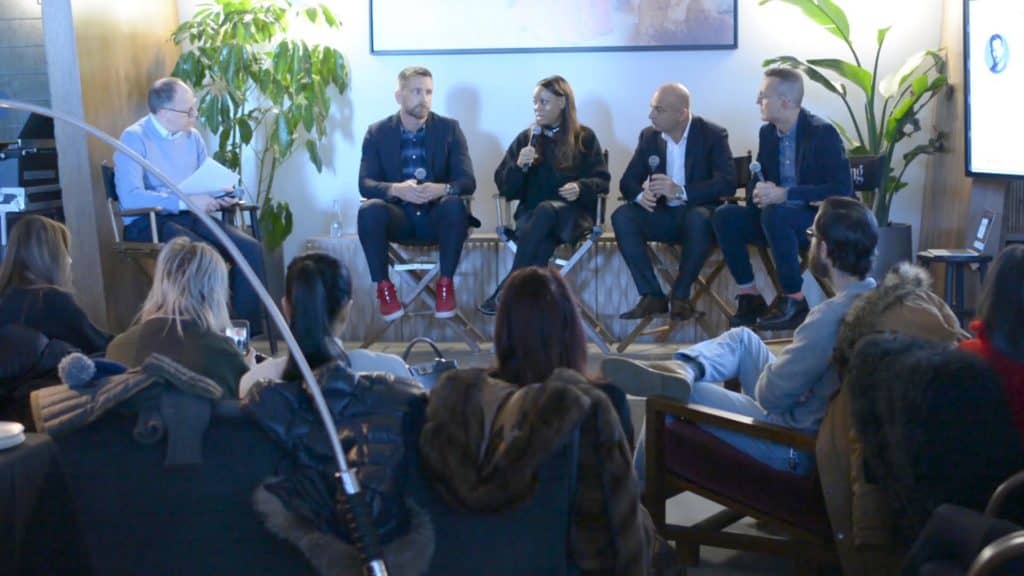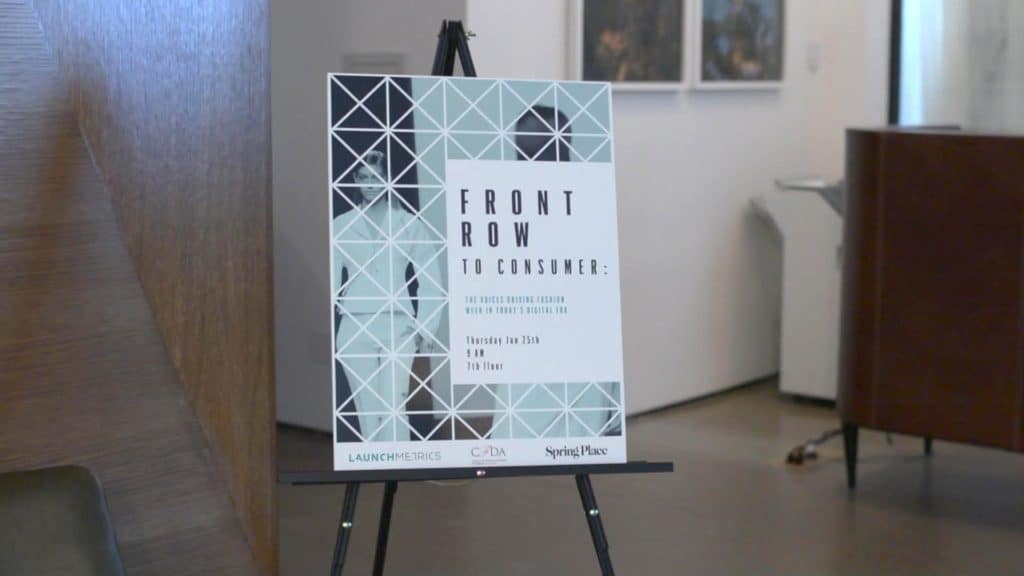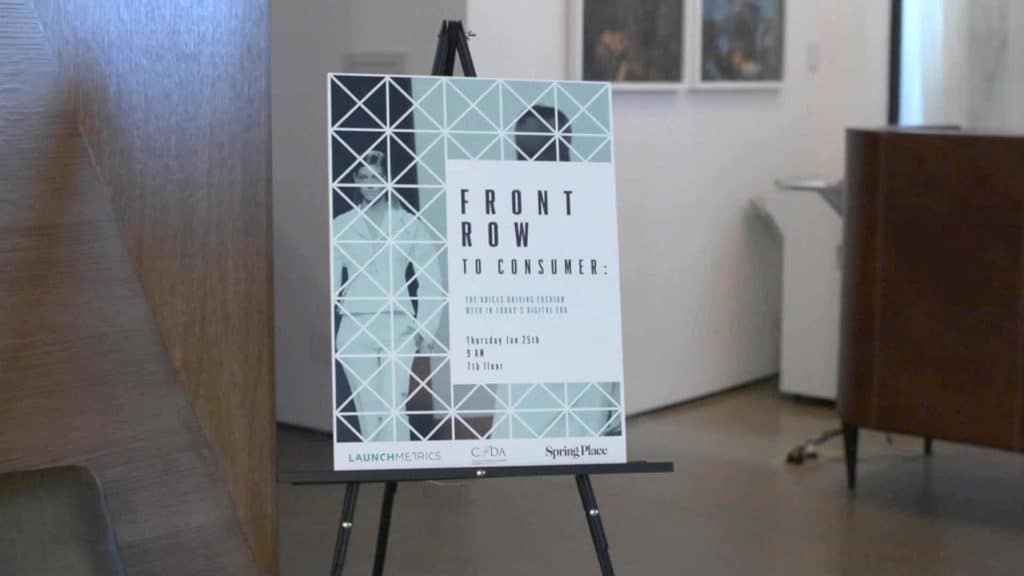As we’re slowly approaching the start of fashion month, Launchmetrics and the Council of Fashion Designers America (CFDA) partnered together to evaluate the different voices driving value to global fashion weeks with the launch of a co-branded report, Front Row to Consumers: The Voices Driving Fashion Week in Today’s Digital Era. Through Launchmetrics’ audience-driven Media Impact Value™ (MIV®) algorithm, the team of data experts was able to shed light on the relevancy of fashion shows in this changing market and the economic value they represent for the brands which participate.
Originally established as an industry-only event, fashion shows have become more consumer-facing than ever before, serving as an important cultural moment globally through the power of social media, technology and the embracing of new voices, including Media, Influencers, Owned Media and Consumers.
To extend the conversation, Launchmetrics and CFDA co-hosted a private industry panel, inviting over 120 guests and 5 industry executives including Chris Gay, Co-CEO of Elite World Group, Michael Jais, CEO of Launchmetrics, Stephanie Horton, CMO of Alexander Wang, Steven Kolb, CEO & President of CFDA, and James Fallon, Editorial Director of Women’s Wear Daily.

Starting off the conversation, the executives discussed the keys to maximize the investment of fashion shows, noting the importance of knowing what specific goals are the top priority for your brand. “There’s not just one path to be successful with engaging your audiences. Depending on your goals, depending on where you are at in the funnel, depending on what you want to achieve as a brand, you have different options,” Jais advised.
Horton agreed, further advising on the changes in consumer behavior and the need to adjust business strategy to successfully engage with them. “You really have to look at what the goal of your show is and why you’re doing it. I think especially these days where people’s timeshare of looking at things is very short, you really need to be strategic and targeted in what you’re doing.”
To make the distinction between New York Fashion Week and its other counterparts, Kolb mentioned that New York is still a young market. “There’s more of a willingness to show and try things differently,” said Kolb. “There is this sense of entrepreneurialism or democracy to American fashion and I think that coupled with our fascination with pop culture, reality tv and musicians, it really drove New York to the top.”
You do have to be accessible… I think it’s really being able to create that balance and create the opportunity for them to participate in the brand.” making sense why Alexander Wang has consistently created show experiences to be more inclusive and supports the strategy of shifting the shows to June and December to better serve their consumers.
Furthering the discussion of inclusive-exclusivity, “People talk a lot about exclusivity,” Gay expressed. “But when we look at followers and what the young kids are looking for, they want that information first, so exclusivity sometimes comes from knowing it first, because you’ve seen it on the person you’re following… and there’s pride in that information so that’s the balance of distribution.”
When it comes to activating the different voices to drive the value of fashion shows, Gay shared his advice and experience when working with brands. “Brands need to have a strategy in place to get the return on investment. We’ve noticed for a lot of brands it’s a combination of micro-influencers and macro-influencers because that creates a conversation and creates authenticity.”

“Every type of media has an impact on the other one,” Jais concurred, further proving that there are many paths to success and how brands need to know their top priorities to ensure that all efforts work towards the end goal.
While the discussion focused on New York specifically, Kolb mentioned that the European counterparts are not as stubborn as they come across sometimes and that many times business decisions have to be made. “In terms of concept, I think no one in fashion would disagree that the model needs to be disrupted and we have to try different things.”
Through the one-hour conversation, all the executives agreed that fashion shows still serve as a valuable bi-annual event for brands. However, the voices driving the shows and the show formats and experiences have shifted to meet the demands of the end consumers.
To learn more about the voices driving global fashion weeks and how brands are overcoming the shifts in the industry, download the Launchmetrics x CFDA Front Row to Consumers: The Voices Driving Fashion Week in Today’s Digital Era report.

